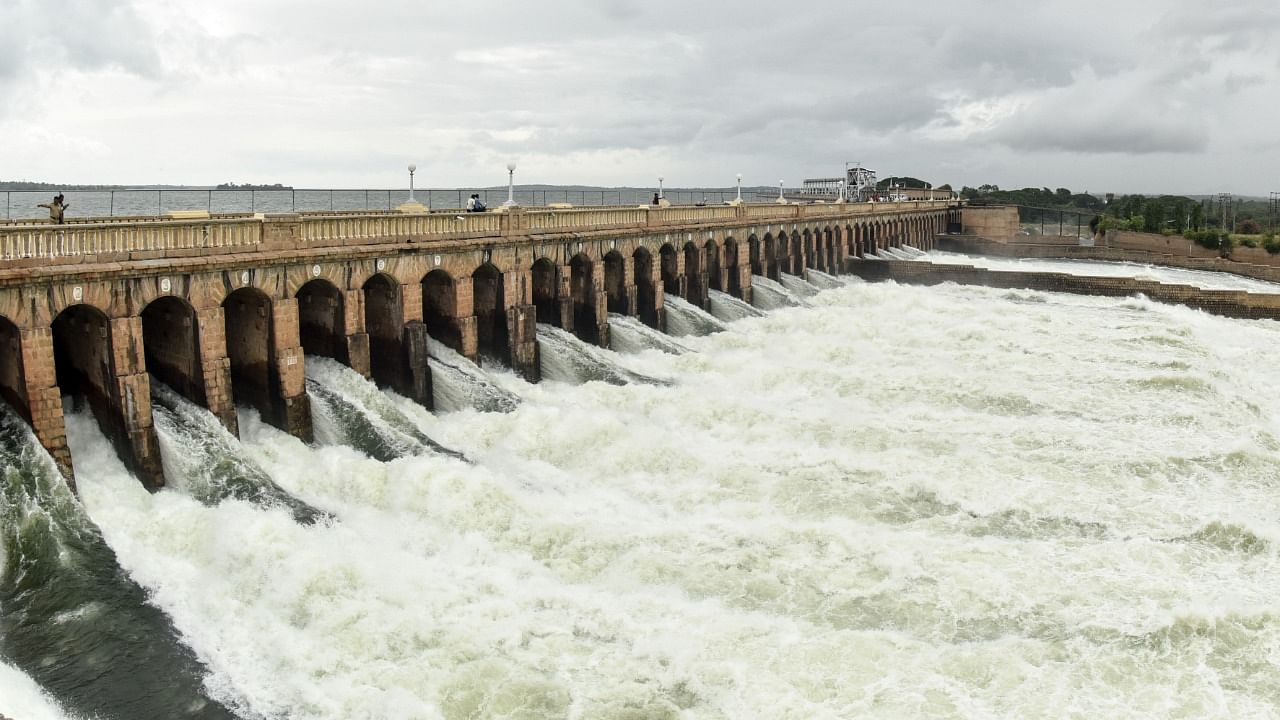
Mandya MP Sumalatha Ambarish's claim that the Krishnaraja Sagara (KRS) dam — built across the river Cauvery in her constituency — has developed cracks due to illegal quarrying and blasting around it has created a controversy. Government officials have refuted Sumalatha's assertions but have given few details to back up their claim. Sumalatha, too, hasn't submitted much evidence in support of her statement. Who's telling the truth? '
Why the fuss over the KRS dam?
The KRS dam, which can store 49.45 thousand million cubic feet of water, is smaller than several other dams in the state but four crore people from Karnataka and Tamil Nadu depend on its water for irrigation and domestic purposes. Besides supplying potable water to Bengaluru and most parts of Mysuru, Mandya, Chamarajanagar and Ramanagar districts, the dam also irrigates 3.3 lakh acres of farmland. It also fills up lakes in its command area through a network of canals.
What exactly is Sumalatha's claim? What does the government say?
The parliamentarian summed up the allegation in a petition that she submitted to Karnataka Governor Thaawarchand Gehlot on July 17. According to her, "uninterrupted illegal mining and blast occurrences" have caused pollution, damaged houses, contaminated potable water and created a scarcity of livestock fodder in the vicinity of the dam.
She has called for the constitution of a four-member task force to assess the overall safety of the dam.
Cauvery Neeravari Nigam Limited, the state government agency which operates the dam, has dismissed Sumalatha's claim, saying the dam is safe and there are no structural defects in it.
How safe is the KRS dam?
The KRS dam is 89 years old (it was completed in 1932 after 21 years of construction) and its life expectancy is one hundred years. But according to a report titled 'Ageing water infrastructure: An emerging global risk' by United Nations University’s Institute for Water, Environment and Health, all dams aged 50 years or more pose a threat. By 2025, India will have 1,000 large dams that are over 50 years old, the report adds.
What about quarrying and blasting around the dam?
On May 12, 2011, the Karnataka State Natural Disaster Monitoring Centre established a VSAT-enabled Permanent Seismic Monitoring Station on the KRS dam premises. In a study report, the KSNDMC urged the authorities to "inspect the area within a radial distance of 15-20 km from the KRS dam and propose a plan to regulate any activities which can harm the structure in a longer course of time."
Local villagers and activists have demanded a ban on stone quarries in the vicinity of the dam. The Mandya district administration occasionally bans mining within a 20-km radius of the dam. Quarries have officially stopped since 2018 on 1,623 acres of hillocks in survey number 1 of the Bebi village in the Pandavapura taluk. There is only one legal quarry, that, too, on private (patta) land at Bebi Betta. While the lease of 32 quarries was cancelled in 2018, licences have been given for 23 stone crushers on Bebi Betta Kaval, 16 of which are functioning. Currently, only stone crushers and M-sand units have permission at Bebi Betta.
Has any study being done on the impact of quarrying?
In March this year, scientists from the Council for Scientific and Industrial Research-Central Institute of Mining and Fuel Research identified three places for a government-approved trial blast to study the effects of stone quarries on the dam but the exercise was put off due to the second wave of Covid-19.
The Cauvery Neeravari Nigam has requested the experts to conduct the trial blast as soon as possible.
Separately, detailed investigations are being conducted under the World Bank's Dam Rehabilitation and Improvement Project to arrest seepage and improve the structural strength of the dam, and reduce seepage and leakage within the masonry structure by using targeted grouting and replacement of 136 gates, two cranes and 136 Skid Mounted Compact Hoists.